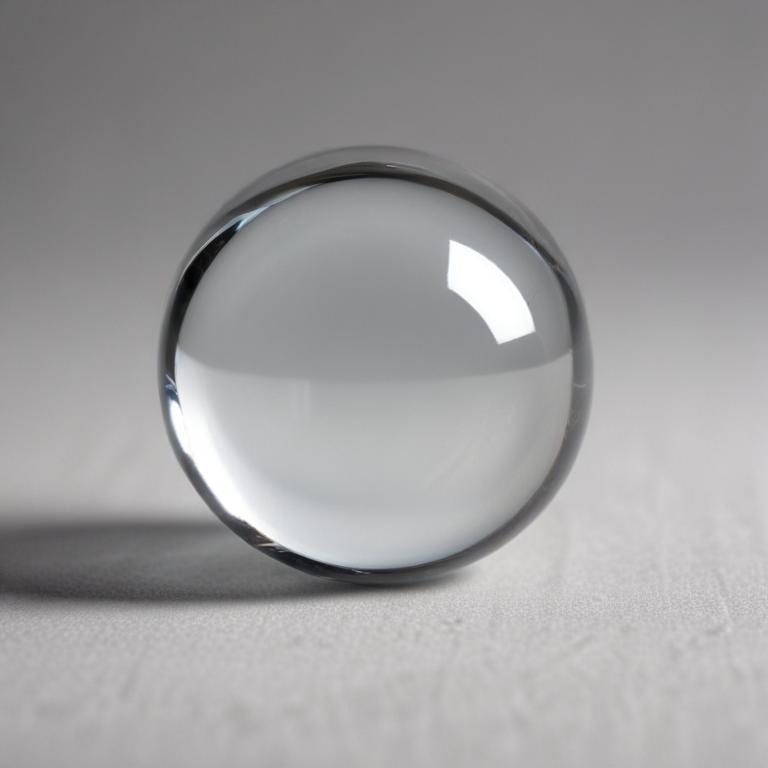发音 (Pronunciation):
IPA: /bɪn/
中文近似: 比恩
中文意思与词性 (Meanings & Part of Speech):
- 已经 (v.)
- 曾经 (信息待补充)
例句 (Examples):
1. I have been to Paris.
(我去过巴黎。)
2. She has been a teacher for five years.
(她当了五年的老师。)
用法提示 (Usage Tip):
注意 'been' 作为过去分词使用时,通常与完成时态连用。
更多关于 "been" (More about "been")
单词来源 (Etymology)
来源于古英语的 'beon',原意是存在或成为。
词根词缀解析 (Root & Affix Analysis)
词根词缀解析待补充。
“been”的字母与词根个性化解读
字母象形/引申义 (个性化参考)
- 字母 'b' 的象形或引申含义可能包括: 拟声 (爆破声, bang -> 爆); 两间屋子 (腓尼基象形) -> 分开, 房屋相关 (bed, build); 棒子; 鼓起来, 圆; 生命/分开; 音变: B=P=M=F=V。
- 字母 'e' 的象形或引申含义可能包括: 眼睛 (窗户符号引申); 向外 (ex-变体); 元音互换: A=E=I=O=U=W=Y。
- 字母 'n' 的象形或引申含义可能包括: 水 (M=N); 鼻音 (nose); 突出/生长/新生; 门 -> 否定 (no, not); 连接; 音变: N=M=L=R。
学习提示:以上针对单词 been 的字母和词根解读,主要基于提供的特定象形及词根资料。这些提示旨在启发联想,而非绝对定论。更通用的记忆规则和原则请参考首页。英语词源复杂多变,实际应用中请结合更全面的词源词典和语言学知识进行深入学习。
常用词组 (Common Phrases)
- have been: 已经(做过某事)
- might have been: 可能曾经(做过某事)
其他语言 (Other Languages)
- 德语: gewesen
- 法语: été
字母整体创意联想
单词 'been' 的形状像两个相连的 'b',代表着过去的经历。
逐字母创意解读
中文谐音助记
“been” 发音像“比恩”,可以联想为“比之前更好”,代表过去的经历。
相关电影/名言
"I've been expecting you."
(我一直在等你。)
- 《007:黄金眼》(1995)
趣味知识/故事
在英语中,'been' 是一个常用的词,尤其在完成时态中。它的使用可以追溯到古英语,反映了语言的演变和发展。
拓展信息
在英语语法中,'been' 是 'be' 动词的过去分词,常用于完成时态。
它可以表示一个动作或状态在过去某个时间之前发生并延续到现在。
例如,在句子 'I have been working here for two years.' 中,'been' 表示从过去到现在的持续状态。
网络参考 (More about "been" from the Web)
BEEN Definition & Meaning - Merriam-Webster
Been is the past participle of be, used to form the passive voice, the progressive tense, and the perfect tense. It can also indicate habitual or remote past in African American English. Learn more about its meaning, history, and synonyms.
BEEN | English meaning - Cambridge Dictionary
Learn the meaning and usage of been, the past participle of be and go, with examples and synonyms. Find out how to use been to express visits, arrivals, and completed actions.
Being or Been? - Grammar Monster
Learn the difference between "being" and "been", two words that come from the verb "to be" and are often confused. See examples, diagrams, and explanations of how to use them correctly.

